Not all lumps, bumps, or cysts in the mouth come from teeth (odontogenic cysts). Some develop from other tissues in the head and neck, and these are called non-odontogenic cysts. They’re usually harmless, slow-growing, and treatable — but understanding what they are can make a big difference if your dentist finds one on an exam or X-ray.
This guide explains the most common types in simple, everyday language.
What Exactly Is a Non-Odontogenic Cyst?
A cyst is a small, enclosed pocket in the body that contains fluid or soft material.
Non-odontogenic cysts are cysts that form from tissues other than teeth.
They can appear in:
- The gums or palate
- The jawbone
- The floor of the mouth
- The neck
- The sinuses
Most are not painful and are often discovered during routine dental exams.
Common Types of Non-Odontogenic Cysts
1. Nasopalatine Duct Cyst

The most common one dentists see.
This cyst forms behind the upper front teeth, in a natural canal that exists in everyone.
What you might notice:
- A bump in the middle of the palate (roof of the mouth)
- A feeling of pressure behind the front teeth
- Sometimes swelling on the gums
- Often no symptoms at all — found on an X-ray
Why it happens:
Leftover cells from early development can form a small fluid-filled sac in adulthood.
Is it serious?
No — it’s benign and easily treatable if it grows or causes discomfort.
2. Lymphoepithelial Cyst
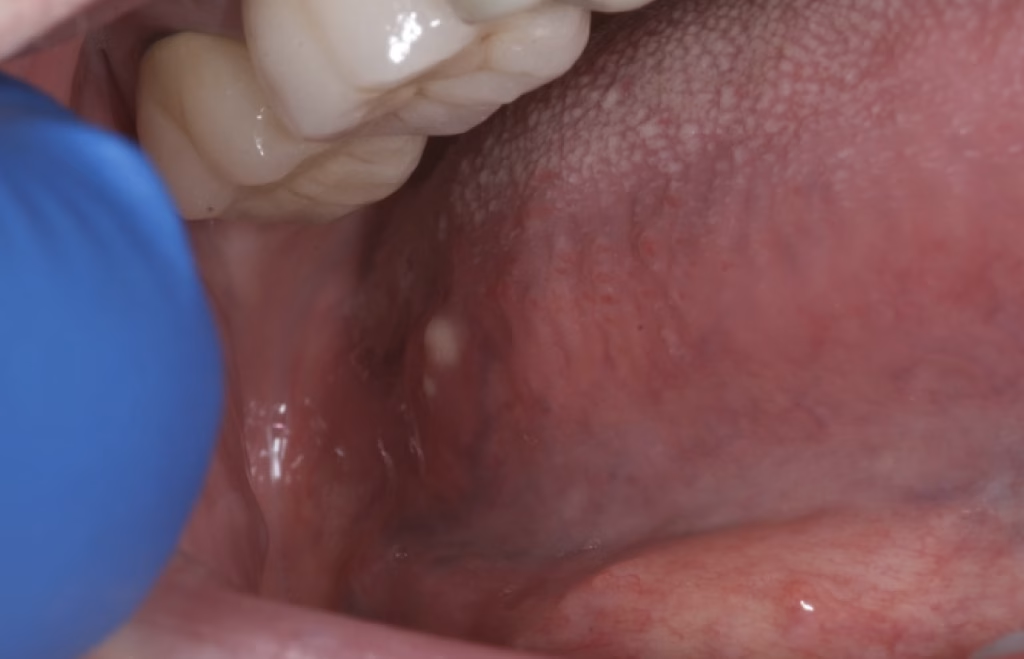
These tiny cysts appear in areas where the mouth has natural immune tissue, such as:
- The tonsils
- The floor of the mouth
- The sides of the tongue
What it looks like:
A small yellow or white bump under the surface of the tissue.
Does it hurt?
No — they’re usually painless.
Who gets it?
Anyone! These can happen randomly and aren’t linked to oral hygiene.
3. Dermoid Cyst

A soft-tissue cyst that is usually found in the floor of the mouth, often in young adults.
What you might notice:
- A soft lump under the tongue
- A fullness under the chin (“double-chin-like” swelling if large)
- Trouble speaking or eating if it grows
Why it happens:
During early development, small bits of skin-like tissue can get trapped inside the mouth and later form a cyst.
Is it treatable?
Yes — removed surgically, usually with excellent results.
4. Nasolabial Cyst
This cyst forms in the crease beside the nose, near the upper lip.
Common signs:
- Swelling under one nostril
- Difficulty breathing through the nose if it’s large
- Puffiness in the cheek–lip area
It’s not inside the bone — it sits within the soft tissue of the face.
5. Thyroglossal Duct Cyst
A cyst that forms in the midline of the neck, usually below the chin.
Classic sign:
When you swallow or stick out your tongue, the lump moves.
Who gets it?
Most often children or young adults.
Treatment:
Surgical removal — especially if infected or growing.
Pseudocysts: Look Like Cysts, But Not Actually Cysts
Some “cysts” don’t have a typical cyst lining — but they show up on X-rays in a way that looks similar.
These include:
1. Simple Bone Cyst
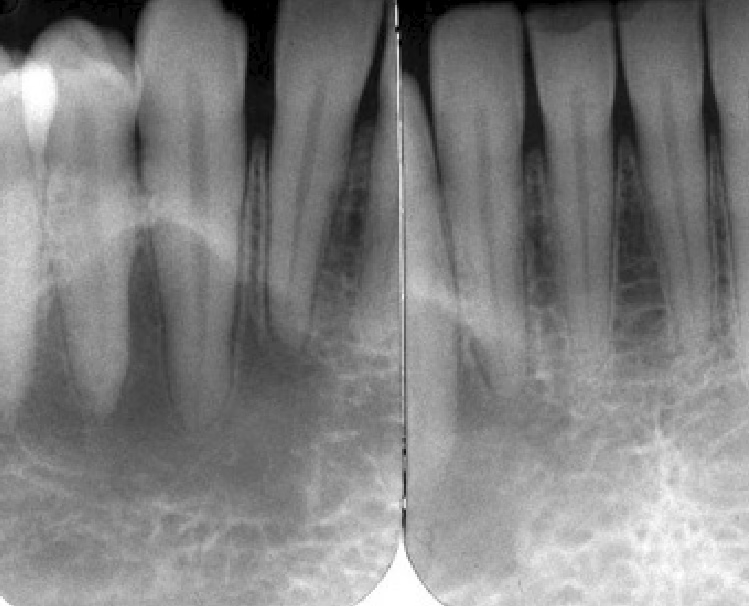
A hollow space inside the jawbone.
What to know:
- Usually found in teens or young adults
- Often shows up by accident on an X-ray
- Teeth in the area stay healthy
- Rarely causes swelling
Treatment may involve surgically checking the area, but many heal on their own.
2. Stafne Bone Defect
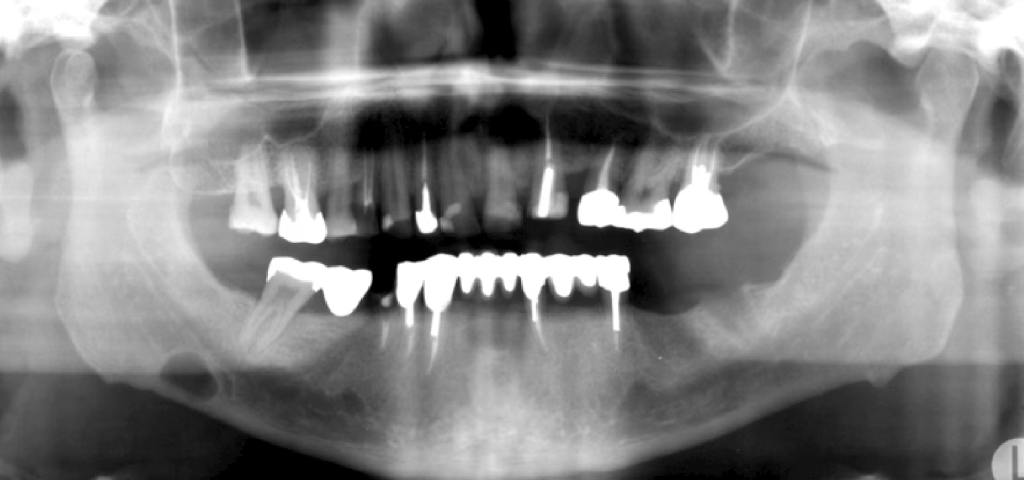
Not a cyst at all — just a natural indentation on the inside of the lower jaw.
Symptoms:
None.
Do you need treatment?
No — completely harmless and stable.
3. Sinus Mucous Retention Pseudocyst
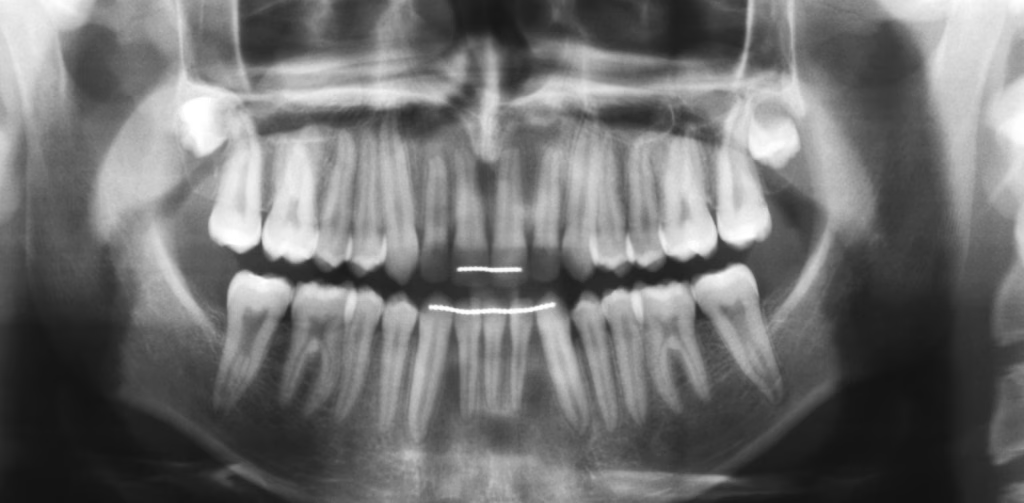
A dome-shaped bump seen inside the maxillary sinus (the air space above your upper teeth).
What patients notice:
Usually nothing — painless and symptomless.
Treatment:
None needed unless causing sinus symptoms.
So… Should You Worry About These Cysts?
In most cases: no.
Non-odontogenic cysts are almost always:
- Benign
- Slow-growing
- Easy to remove or monitor
- Not related to cavities or gum disease
However, untreated cysts can grow and cause swelling, pressure, or tooth movement. That’s why routine dental X-rays and exams are so valuable.
When to See a Dentist or Doctor
Contact your dentist or physician if you notice:
- A new lump inside the mouth
- Swelling under the tongue or near the nose
- A painless bump that isn’t going away
- Unexplained pressure or fullness in the palate
- A lump in the neck that moves when you swallow
Early diagnosis means simpler, less invasive treatment.
Disclaimer
The contents of this website, such as text, graphics, images, and other material are for informational purposes only and are not intended to be substituted for professional medical advice, diagnosis, or treatment. Nothing on this website constitutes the practice of medicine, law or any other regulated profession.
No two mouths are the same, and each oral situation is unique. As such, it isn’t possible to give comprehensive advice or diagnose oral conditions based on articles alone. The best way to ensure you’re getting the best dental care possible is to visit a dentist in person for an examination and consultation.
SAVE TIME AND MONEY AT ANY DENTIST
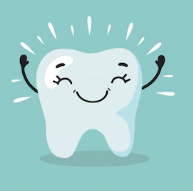
Less dental work is healthier for you. Learn what you can do to minimize the cost of dental procedures and avoid the dentist altogether!

